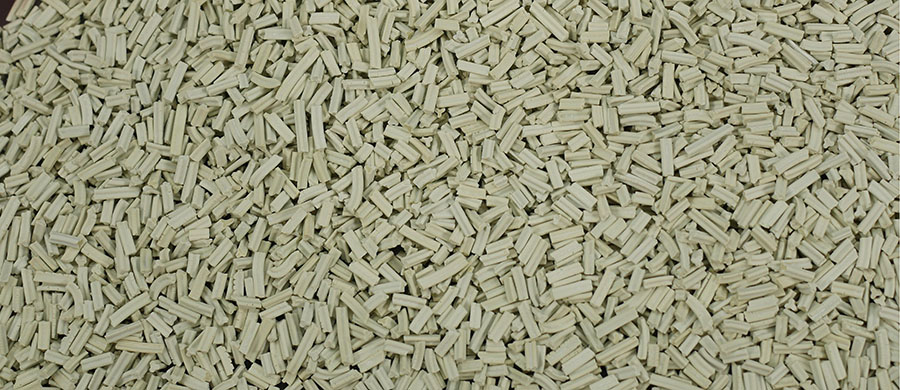
1. Overview
Residual oil hydrogenation catalyst is used for deep hydroprocessing of heavy residual oil, which removes sulfur (S), nitrogen (N), metals (Ni, V), gum and asphaltene from residual oil through hydrogenation reaction, improves the yield of light oil, and optimizes the quality of oil products, making them more suitable for subsequent processing or direct use as fuel.
2. Product Features
(1) High desulfurization and denitrification capacity: effectively removes sulfur and nitrogen compounds from residual oil, making the oil meet environmental standards.
(2) Strong metal removal ability: removes heavy metals (Ni, V), reduces the toxic impact on downstream catalysts, and improves subsequent processing efficiency.
(3) Improve the yield of light oil: promote residue cracking and increase the yield of high value-added products such as diesel, aviation kerosene, and gasoline.
(4) Strong anti carbon deposition ability: prolongs the service life of the catalyst, reduces coking, and improves operational stability.
(5) Wide adaptability: Suitable for different types of residual oil such as atmospheric residue (AR), vacuum residue (VR), coking residue, catalytic slurry, etc.
3. Application Fields
(1) Refinery residue hydroprocessing (RHCU) - deep desulfurization and denitrification to improve residue quality.
(2) Pre treatment of delayed coking unit - improving the quality of coking oil and optimizing cracking efficiency.
(3) Upgrading asphalt and fuel oil - reducing pollutant emissions and increasing economic value.
(4) Heavy oil catalytic cracking (RFCC) - reduces harmful impurities in residual oil and improves catalytic cracking efficiency.